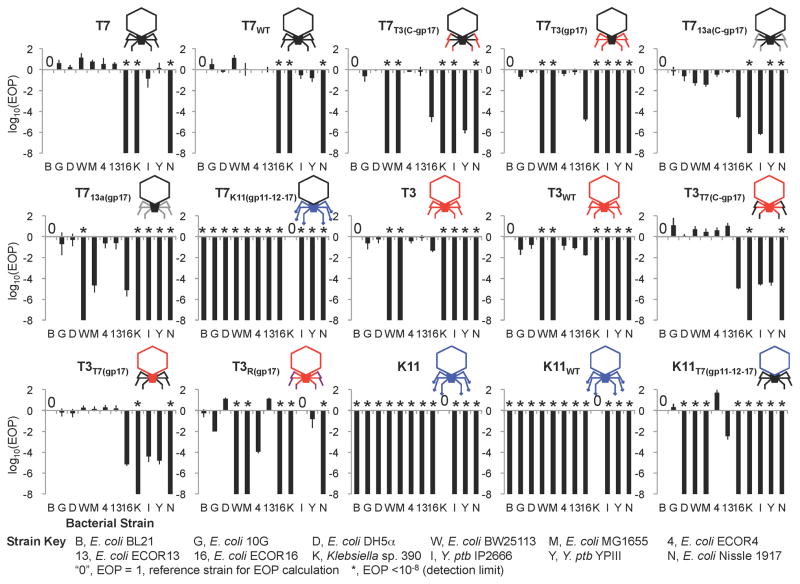Figure 3. Efficiency of plating (EOP) of natural, reconstructed wild-type, and synthetic phages.
EOP was determined with respect to a reference bacterium. Klebsiella sp. 390 was used as a reference for T7K11(gp11-12-17), K11, and K11WT. Y. ptb IP2666 was used for T3R(gp17). For other phages, BL21 was used as the reference host. EOP data were log10-transformed and are presented as the mean of three independent experiments. Error bars represent SD. The “0” symbol indicates an EOP = 1, which marks the reference strain used for the EOP calculations within each phage. * indicate that the EOP was below the detection limit (EOP <10−8). Strain abbreviations: B, E. coli BL21; G, E. coli 10G; D, E. coli DH5α; W, E. coli BW25113; M, E. coli MG1655; 4, E. coli ECOR4; 13, E. coli ECOR13; 16, E. coli ECOR16; K, Klebsiella sp. 390; I, Y. ptb IP2666; Y, Y. ptb YPIII; N, E. coli Nissle 1917.

